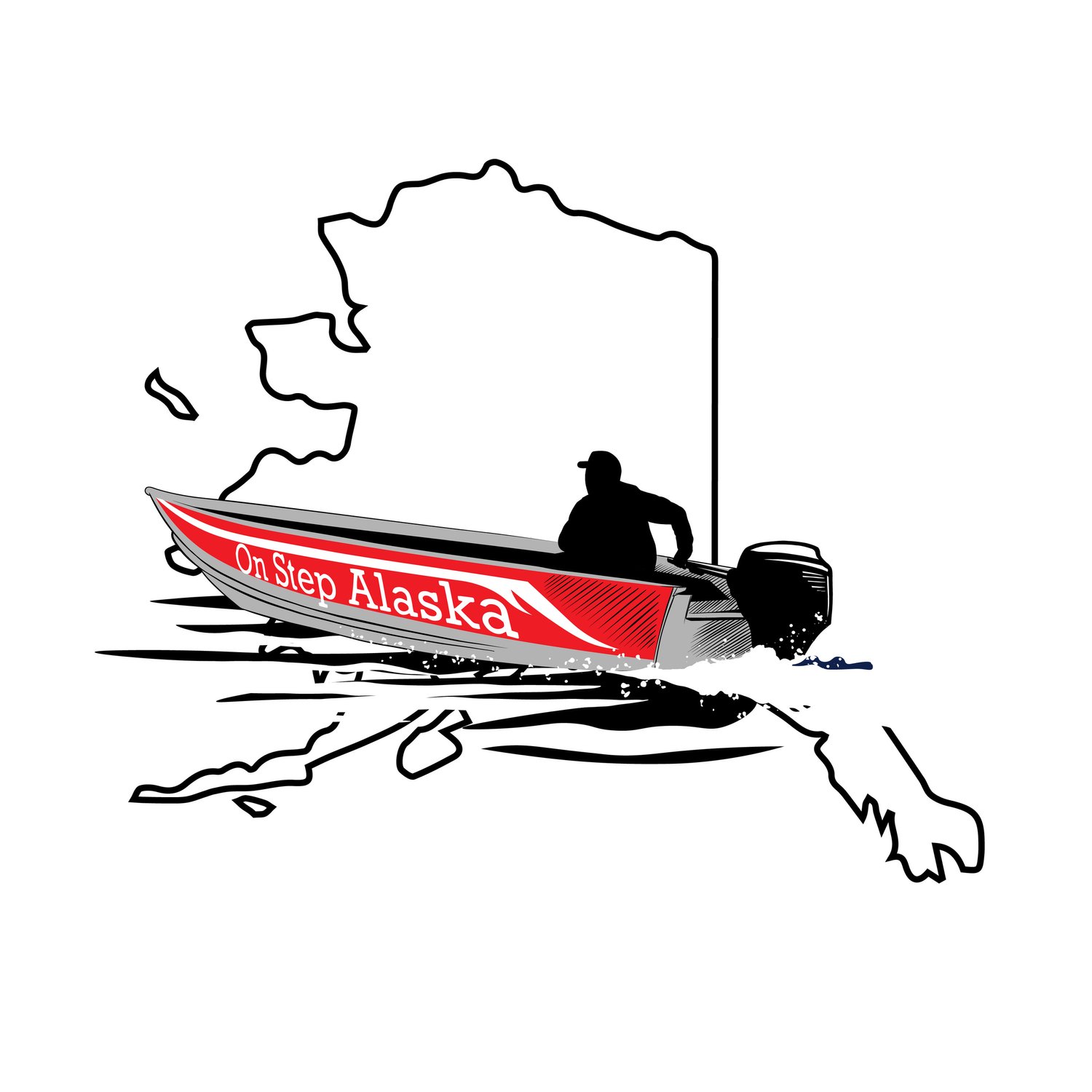Get your drift on, but be prepared
See article at:http://www.norcalfishingnews.com/stories/get_your_drift_on,_but_be_prepared?id=893For the past four years I’ve fished the Sacramento River in Redding from shore, hooking rainbows on the edges and watching drift boats glide down fishy runs and hook up consistently. I finally had enough of grinding out a few fish while the dudes in the boats watched their rods bend with massive resident rainbows.I like fishing from shore and will do it in the future, but I had to see what it is like out there.Recently, I went out with Chris Parsons from The Fly Shop on my first ever drift boat trip. I hesitate to say it was worth the wait, because if I hadn’t waited so long I could have written this years ago.Anyway, we got into some great fish even though it was only a half day trip. If you are pondering your first, or another drift trip, there are a few things to keep in mind:1. Keep expectations reasonable. Fishing is fishing, and even if the Lower Sac is a year-round fishery with two-plus foot rainbows, that doesn’t mean you are guaranteed a 15-20 fish day. Those do happen, but just because you hired a guide doesn’t mean you paid for fish.2. Listen to the guide. Nymphing from a boat is very different than fishing from shore. You stay in the strike zone much longer, but the cast to get your fly there is different. So is the mending and handling surface line. Be prepared to do some re-learning and you’ll be rewarded.3. Lock in. Since you are floating with the current, pay attention and be ready for epic staring contests with your indicator. When wade fishing, by the time your rig gets down to the fish, it’s there for a matter of seconds before it starts to lift out. In a drift boat, your nymphing rig will stay down and be in the face of plenty of trout. Be ready and expect hits. If you want to look at the trees, houses, other boats, or update your Facebook status, do it when the guide is rowing up river to put you back through the run. Otherwise, don’t take your eyes off the indicator and once it dives, strike.4. It’s all about angles. One similarity with wade fishing is the angle of your hook set. Most times if you set upriver, you are taking the nymph out of the mouth of the fish unless the hit is quick and the fish turns as you set. Once hooked up, the current doesn’t work in your favor as it does from shore because you’re floating with it. Slowly transitioning tension from right to left (all depending on what the fish is doing of course) can tire the trout enough to get it in. Pay attention to instructions, especially when fighting big fish because on the Lower Sac has plenty and it would be a shame to lose one because you didn’t listen.5. Protect the fish. If you are catching and releasing, in any water, it’s important to prevent accidental kills. Trophy shots are awesome, but keep the fish in the water as much as possible. You want to be able to catch fish in the future right? Dead fish don’t spawn. Net it, bring it onboard, remove the hook, put the fish back in the water while you ready the camera, bring it back up for the grip and grin, then let it go.
